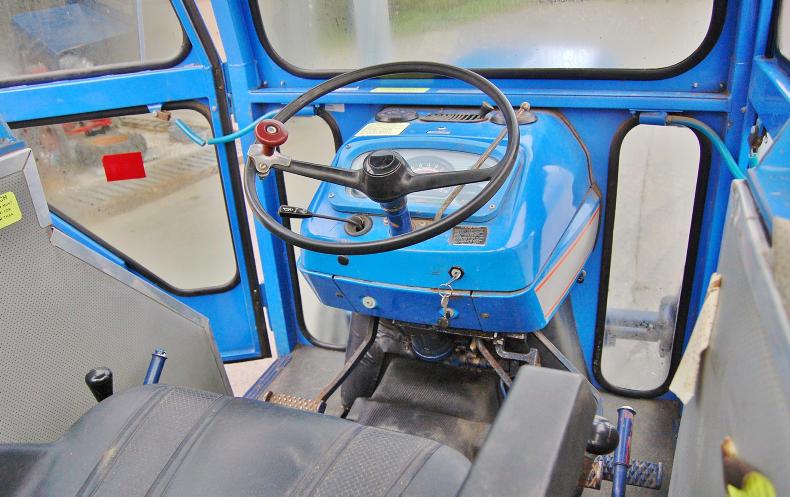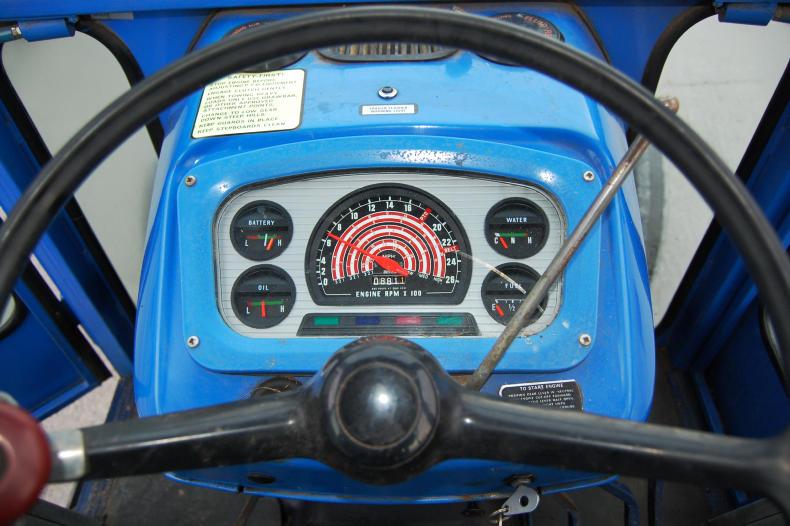
LOYALTY CODE:
The paper code cannot be redeemed when browsing in private/incognito mode. Please go to a normal browser window and enter the code there

LOYALTY CODE:
The paper code cannot be redeemed when browsing in private/incognito mode. Please go to a normal browser window and enter the code there
This content is copyright protected!
However, if you would like to share the information in this article, you may use the headline, summary and link below:
Title: In pictures: the classic Leyland 262 and 272 Synchro tractors
The Leyland 262 and 272 Synchro tractors were popular models i which would ultimately represent the swansong era for the ubiquitous blue and silver 'coffin-bonnet' Leyland, writes Simon Henley.
https://www.farmersjournal.ie/in-pictures-the-classic-leyland-262-and-272-synchro-tractors-280976

ENTER YOUR LOYALTY CODE:
The reader loyalty code gives you full access to the site from when you enter it until the following Wednesday at 9pm. Find your unique code on the back page of Irish Country Living every week.

CODE ACCEPTED

You have full access to farmersjournal.ie on this browser until 9pm next Wednesday. Thank you for buying the paper and using the code.

CODE NOT VALID
Please try again or contact us.
For assistance, call 01 4199525
or email subs@farmersjournal.ie
Sign in

Incorrect details
Please try again or reset password
If would like to speak to a member of
our team, please call us on 01-4199525
Reset
password
Please enter your email address and we
will send you a link to reset your password

If would like to speak to a member of
our team, please call us on 01-4199525
Link sent to
your email
address
![]()
We have sent an email to your address.
Please click on the link in this email to reset
your password. If you can't find it in your inbox,
please check your spam folder. If you can't
find the email, please call us on 01-4199525.
![]()
Email address
not recognised
There is no subscription associated with this email
address. To read our subscriber-only content.
please subscribe or use the reader loyalty code.
If would like to speak to a member of
our team, please call us on 01-4199525
 This is a subscriber-only article
This is a subscriber-only article
Update Success !





The story of the Leyland 262 and 272 tractors starts in 1975, when the all-new 262 superseded the three-cylinder 255 model (55hp) and the 272 replaced the 270 (70hp). For all intents and purposes, the two new tractors were identical; the only significant difference between them being the output of their engines.
Power for both models was provided by an improved version of the 3.8-litre four-cylinder Leyland 4/98 diesel, producing 62hp and 72hp respectively, providing power to the wheels via a 10-speed/two-range gearbox. The new facelifted models also featured stronger axles, a new hydraulic valve-chest design and improved PTO engagement.
Financial trouble
By the mid-1970s, British Leyland was in dire financial trouble, which was beginning to affect the development of its tractors. The problem with the new 262/272 models was that, despite an increase in power and the introduction of an improved Vincent cab design, (necessitated by the impending Q-Cab legislature of 1976), neither tractor offered very much in the way of technical improvement.

The reality was that underneath the light blue sheet metal, the tractors’ heritage could be traced directly to development of the 60hp Nuffield 10/60, which had originally introduced Nuffield customers to the 10-speed gearbox in 1964.
In fact, aside from the introduction of the 4/98 engine in 1972, the basic design configuration of the British Leyland tractor had changed very little since the introduction of the BMC Nuffield Universal in 1948.
Development work for a new synchromesh transmission was commissioned in early 1973. Constrained by budget limitations, engineers working at British Leyland’s former truck and tractor production facility at Bathgate in Scotland managed to develop a new transmission design, which, unusually for the time, placed the synchronisers on the transmission layshaft.

The first prototype of the new transmission was built in late 1974. A stand-out feature of the new gearbox was that it featured synchronisation on reverse gear.
This feature, which at the time was unheard of even in the automotive industry, made the gearbox eminently suitable for loader work, where frequent forward-reverse shuttling was required.
Field trials
Initial field trials of the new nine-speed/three-range Synchro gearbox revealed that the working ratios were not ideally suited to agricultural applications, forcing their subsequent revision.
Further changes to the tractors’ transmission design included the introduction of an 11-tooth final drive pinion, (previously an option), which replaced the troublesome nine-tooth unit used in previous 10-speed tractors.
The new Leyland Synchro models were introduced in 1978.
The Synchro range, which featured gear levers positioned either side of the driver’s seat to improve floor space, included the 245, the 262, the 272 and the six-cylinder 285 and 2100 models.
Leyland also introduced two new four-wheel drive versions, namely the 462 and 472 Synchro, equipped with a centre-drive Carraro front axle. The following year, Leyland introduced the turbo-charged 282 and 482 Synchro models.
 In 1980, the Leyland tractor range was revamped, introducing once again what were predominantly just cosmetic changes. These included the introduction of a new Scandinavian-sourced Sekura Explorer Q-cab and the launch of the new Harvest Gold paint scheme.
In 1980, the Leyland tractor range was revamped, introducing once again what were predominantly just cosmetic changes. These included the introduction of a new Scandinavian-sourced Sekura Explorer Q-cab and the launch of the new Harvest Gold paint scheme.
The Golden Harvest range, as it was officially titled, mirrored the previous Synchro range in terms of technical specification, albeit with a new numerical identification scheme in which the 262 became the 602 and the 272 the 702 model.
Production figures published in the book The Nuffield Tractor Story Volume II by Anthony Clare indicate that just 864 Leyland tractors were sold in Ireland between 1978 and 1981.
It has now been more than 35 years since the name Leyland appeared on a tractor bonnet.
Yet, these once venerable workhorses are still fondly remembered by many of the people who once owned them and revered by those few who still do.

Grassland & Muck gets new machines and great weather
New distributor for Landini and McCormick in Ireland
SHARING OPTIONS: